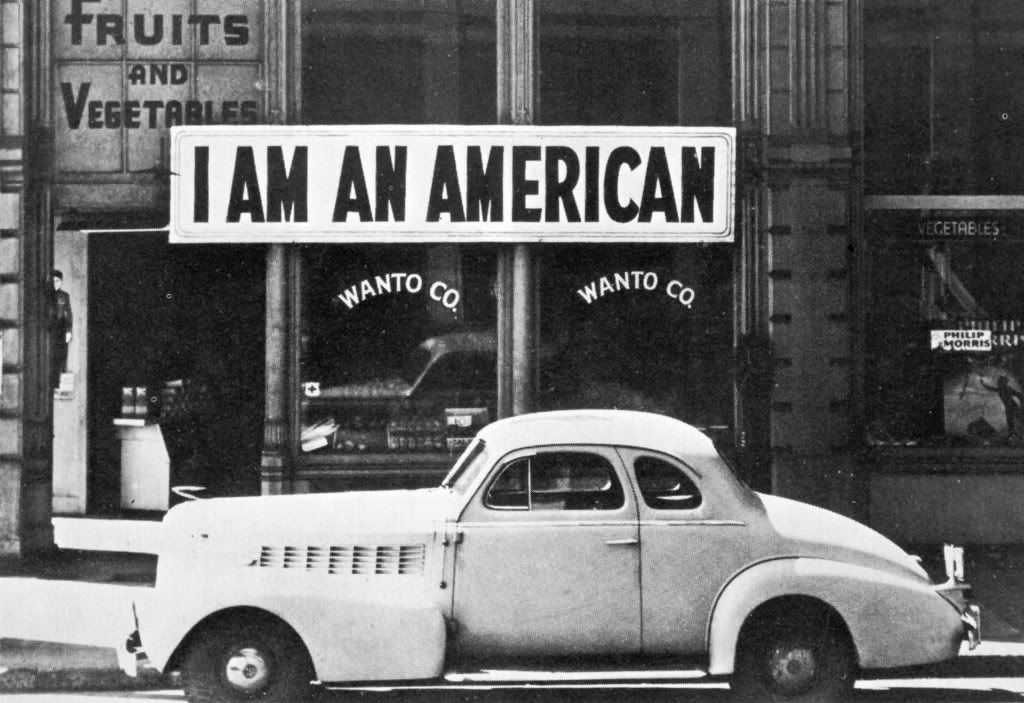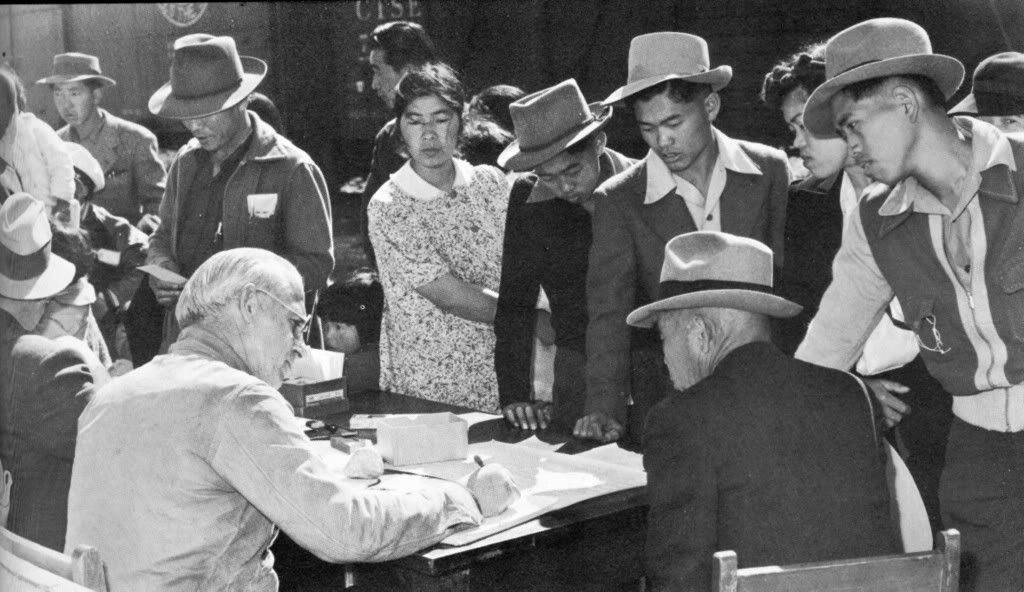Excellent debate, honorable ladies and gentlemen! Completely sincere, unrestrained, and utterly fair one. My sincerest congratulations to all participants of this thread! Indeed, this one represents an example of enlightened discussion about some highly problematical historical issues like socially embedded prejudice, and subsequent irrational hatred – those main enemies of every proper and decent democracy.
TAs we all do know, the war had produced different kinds of hatred and subsequent socially transposed vindictiveness since time immemorial, but the most appealing manifestation of the WW2 was the verity that energy that had gone into crude vigilantism in the earlier wars went in the Second World War into different manifestations of organized accomplishments. Additional curiosity is connected with the fact that racial prejudice and racial myths were able to produce almost similar results in completely different parts of the world. Although American people continued to eat hamburgers and sauerkraut and listen to Wagner, thus demonstrating little animosity toward Americans of German background and practically none toward Italians, Japanese Americans - alas! - have had a completely different status.
Although few Nazi agents and genuine American fascists were jailed, the most ambitious effort to punish them, a so called Sedition trial of 28, ended in a mistrial, after the defendants lawyers had engaged in long but successful delaying tactics. A few papers like Father Coughlin’s “Social Justice” were barred from the mails. But American religious conscientious objectors who were willing to register went to Civilian Public Service Camps rather than prison.
In sad contrast to this moderation, the frenzy of public fury turned on Japanese. Initially unsuccessful campaign in the Pacific developed a fierce and numerous forms of public savagery, especially on the Pacific Coast, where hatred of Americans of Japanese background became extreme. Wild stories, strengthened with sensationalist newspaper articles, circulated about sabotage at Pearl Harbor – later proven 100 % untrue. Devastations of property, public humiliation of Japanese-Americans, even some fortunately prevented attempts of physical violence actually occurred. Under public pressure, Roosevelt in February of 1942 authorized the army to to remove all people of Japanese ancestry from the West Coast.

Result of racial prejudice – public outcry of a Japanese-American Citizen due to crowd proscription
As stated by the ex - Secretary of State, Mr. Cordel Hull, a man of great ethical integrity and indeed high moral principle “Americans… have held up to scorn the crudities of the Fascist regimes. Yet the history of the evacuation policy could be an episode from the totalitarian handbook. The resident Japanese minority became the scapegoat of military defeat at Hawaii. Racial prejudices, economic cupidity, and political fortune-hunting became intertwined with patriotic endeavor. In the face of exact knowledge to the contrary, military officials propounded the theory that race determined allegiance. Civil administrators and the national legislature were content to rubber-stamp the military fiat.”

Japanese-Americans being evacuated from the Pacific Coast
Some 117.000 people, two thirds of them US citizens, without any guilt were abruptly hoarded behind barbed wire, and latter shipped into ten reallocation centers in wild and disagreeable areas. They suffered the financial loss of at least 40 % of their possessions and for several years were barred from lucrative employment. Yet there were 17.600 Japanese-Americans in the armed forces. Their units, especially in Italy, established outstanding records for bravery under fire. Alas, that fact was insufficient guarantee for the others.

Japanese relocation center at Heart Mountain, Wyoming – arrival of the Japanese-Americans
The American Civil Liberties Union has called the Japanese evacuation ‘the worst single wholesale violation of civil liberties of American citizens in our history’. Although persecution of Japanese –Americans was the only major blemish in the wartime civil liberties record, essentially it represented a serious erosion of civilian rights, since the Supreme Court in 1944 validated the compulsory evacuation, and in other decisions upheld military control over civilians. Practically, aforesaid decision offered a possibility in time of war or national emergency for abolishment of court guaranteed constitutional protection of United States citizens from military or executive authority. In this way the very act of war had led to a threat to the civil rights of all Americans.

Fumiko Hayashida and her one-year-old daughter, Natalie, are being coercively relocated
[i]"The resettlement center is actually a penitentiary – armed guards in towers with spotlights and deadly tommy guns, 15 feet of barbed-wire fences, everyone confined to quarters at nine, lights out at 10 o’clock. The guards are ordered to shoot anyone who approaches within 20 feet of the fences. No one is allowed to take the two-block-long hike to the lantrines after nine, under any circumstances…
The food and sanitation problems are the worst. We have had absolutely no fresh meat, vegetables or butter since we came here… Stinking mud and slops everywhere. Can this be the same America we left a few weeks ago?"[/i]
Ted Nakashima, The New Republic, June 15, 1942

Internees at a Japanese relocation center at Heart Mountain, Wyoming, saluting the flag in -18 weather
This sad occurrence is a good reminder that the beast dwells within all societies and in all of us - Americans, Germans, Japanese, Serbian, Russian and all other nationalities. The urge to participate in injustice is not unique to any nation – alas, it is a universal affliction.
And If we forget that fact, honorable ladies and gentlemen, the beast may prevail.
Once again, thank you for this indeed enlightened and balanced conversation.
May God bless you all!







